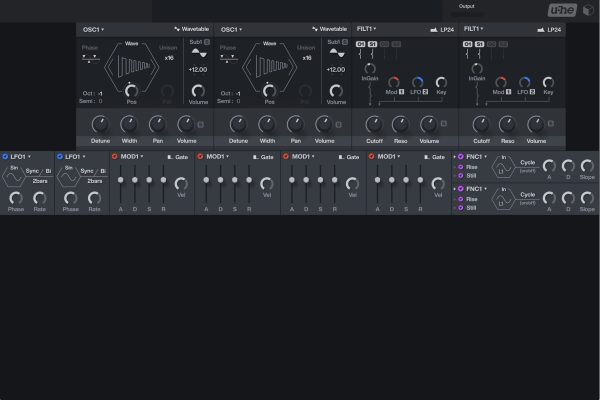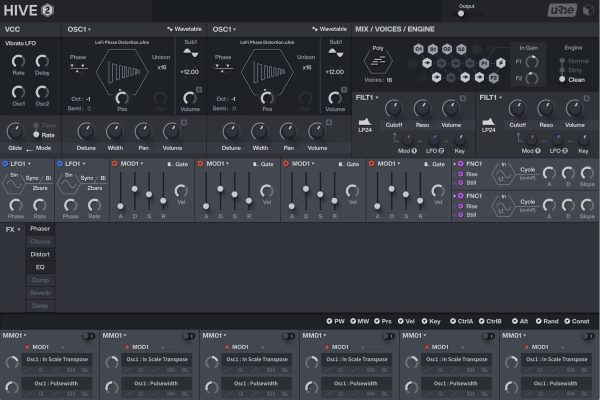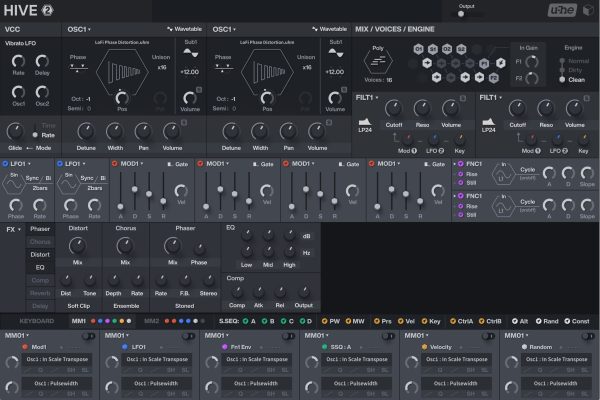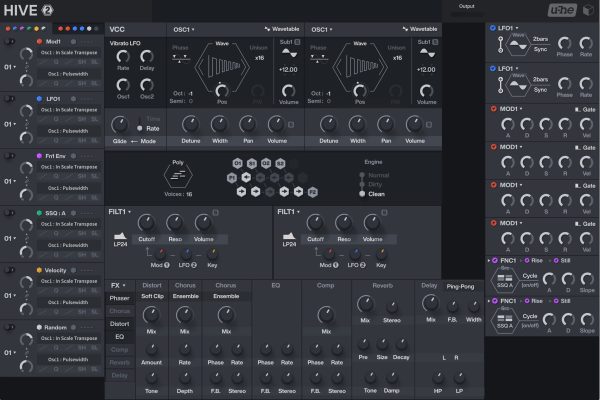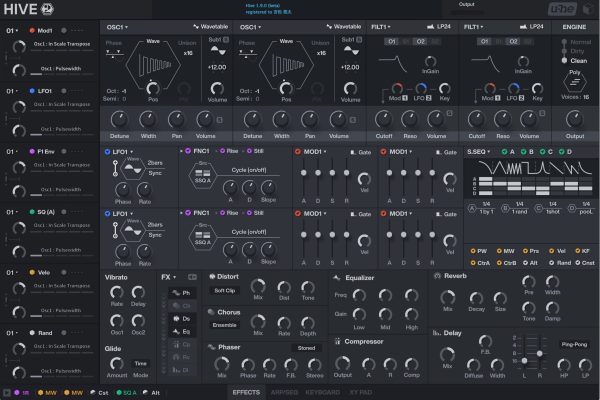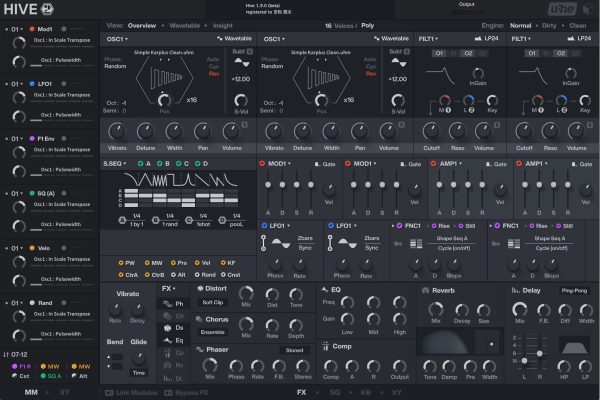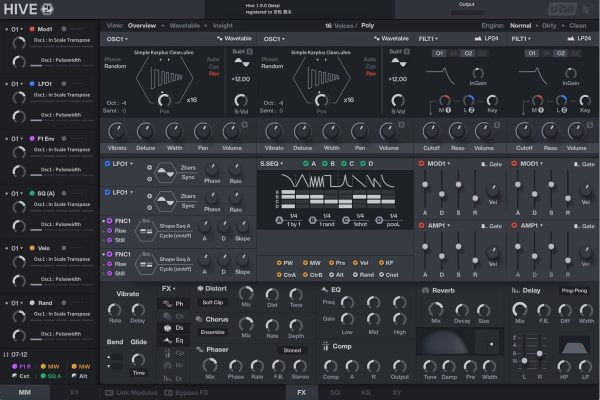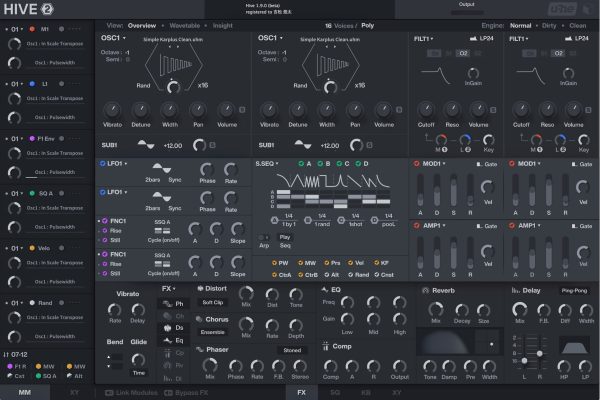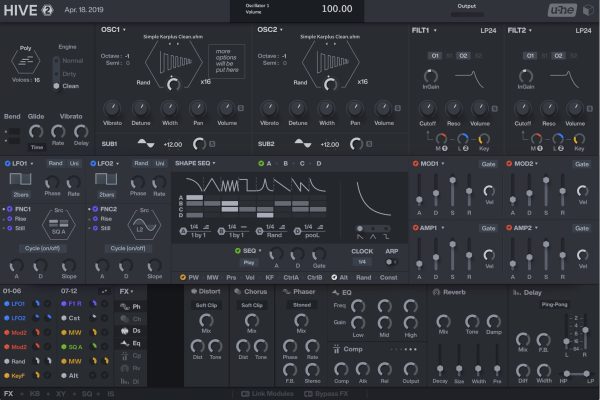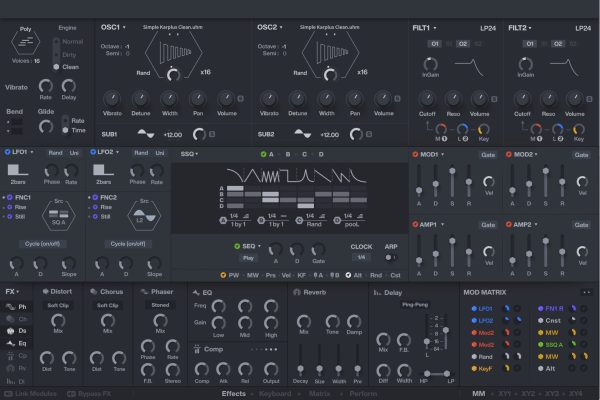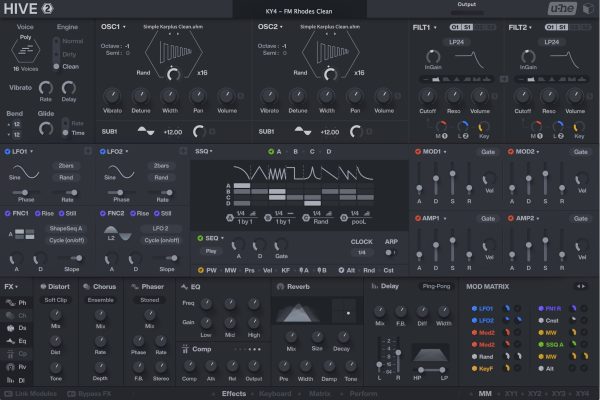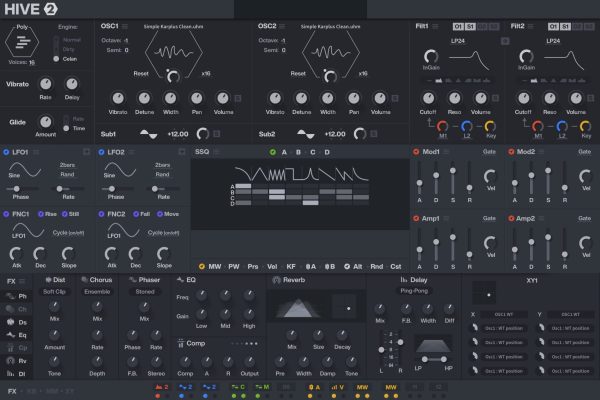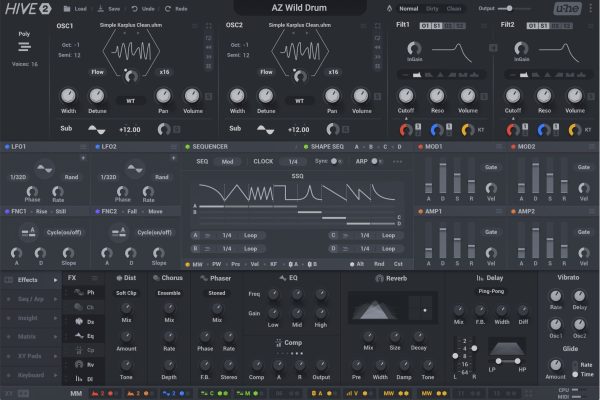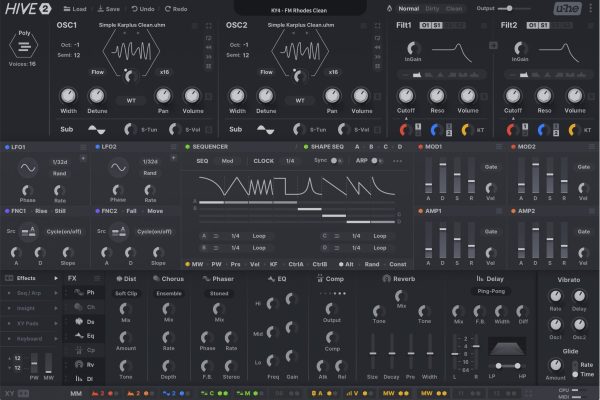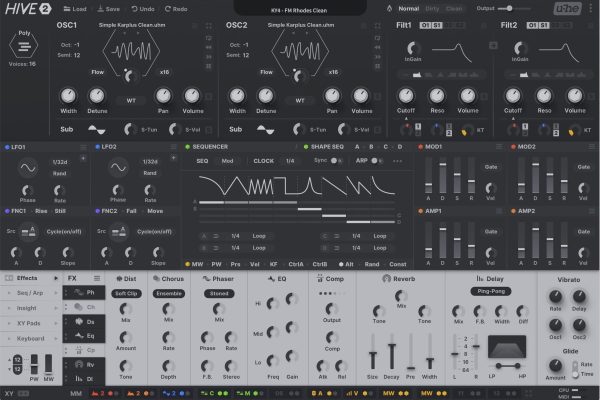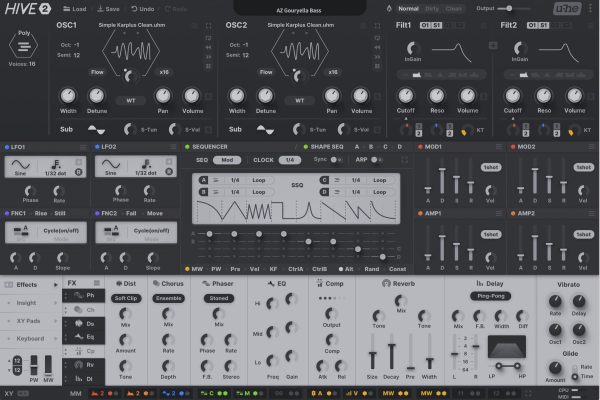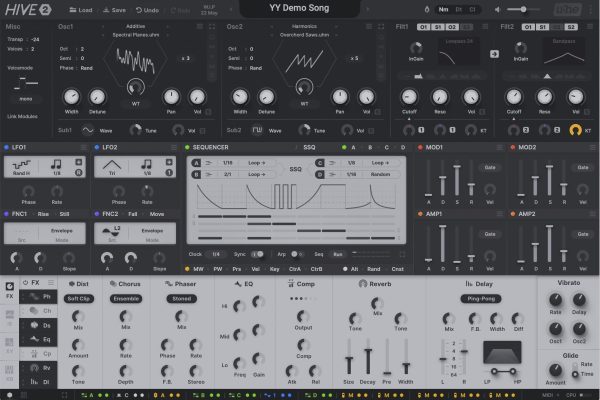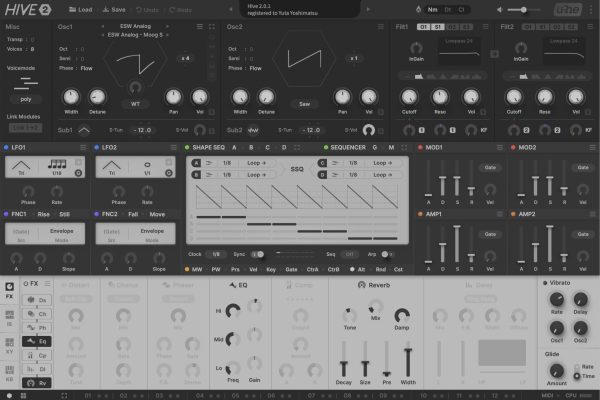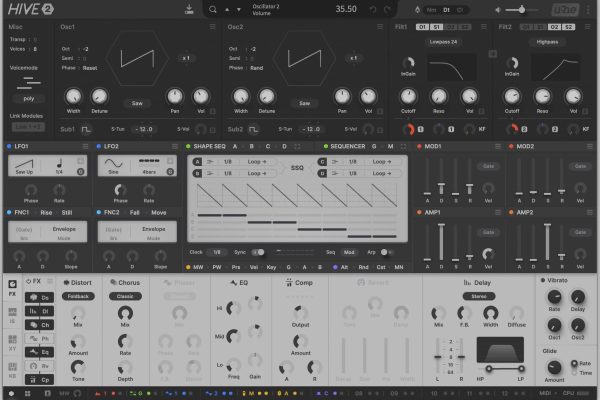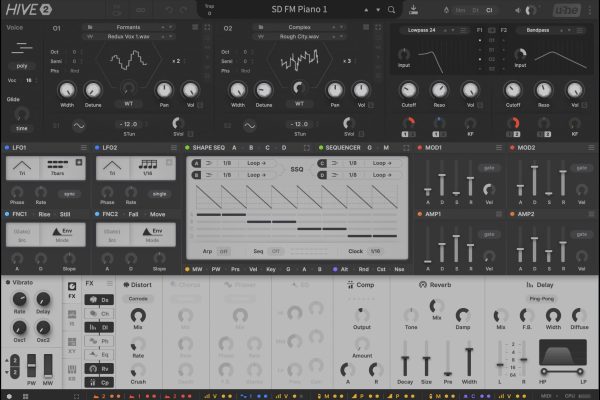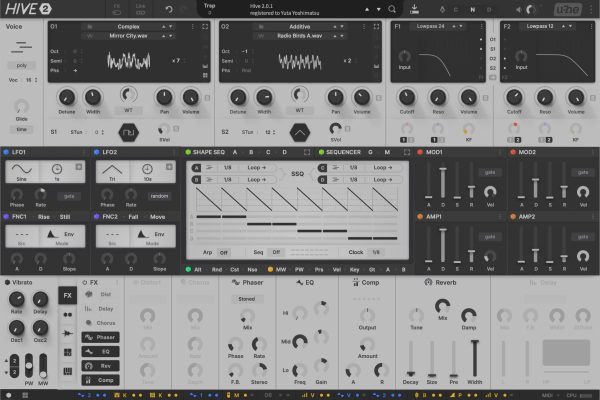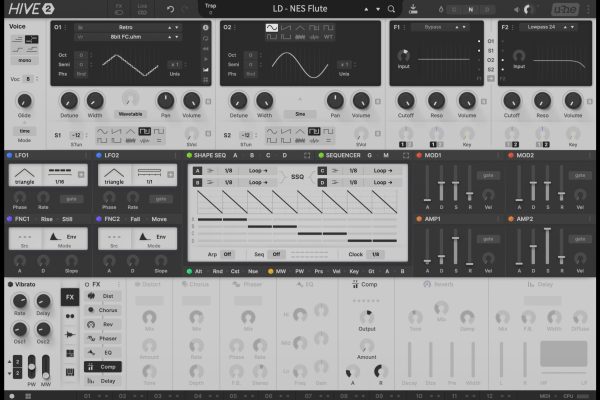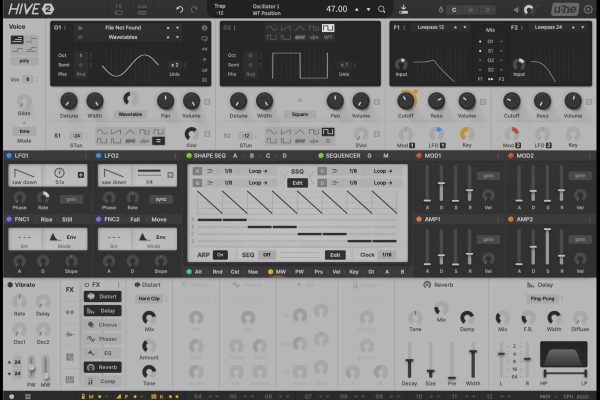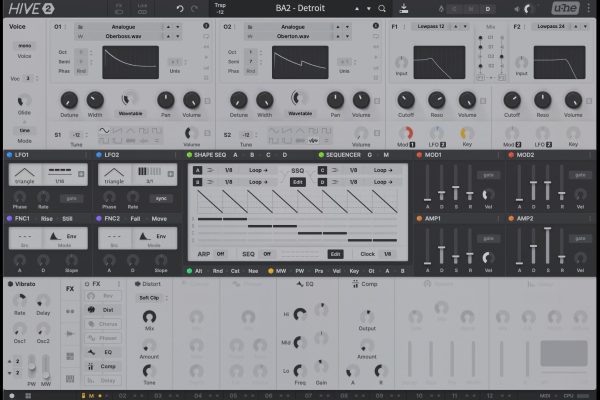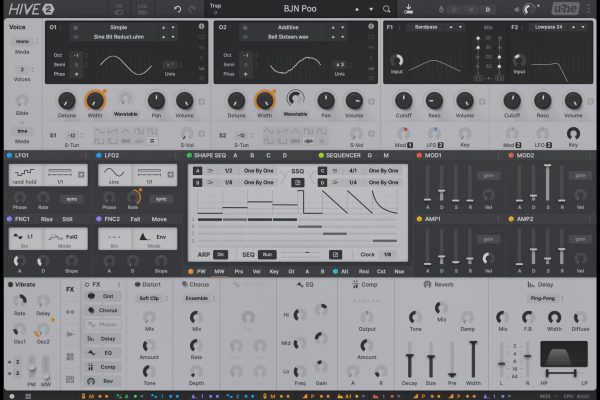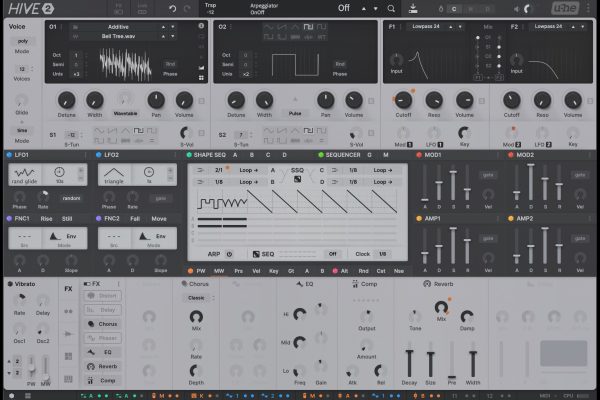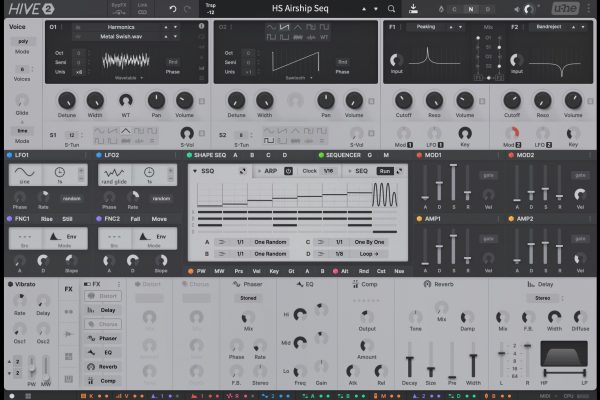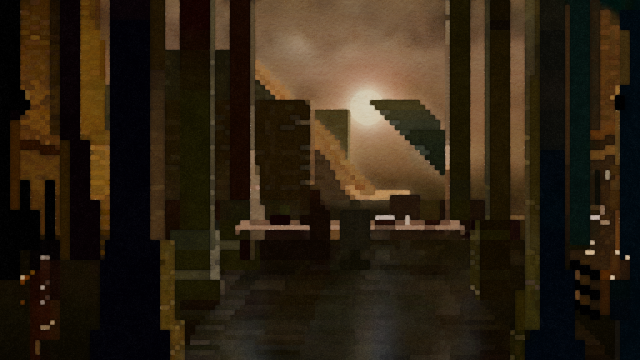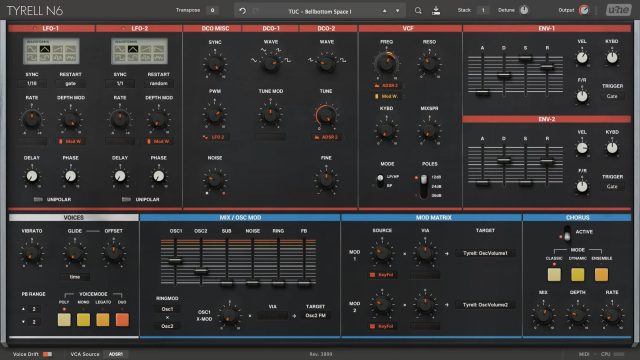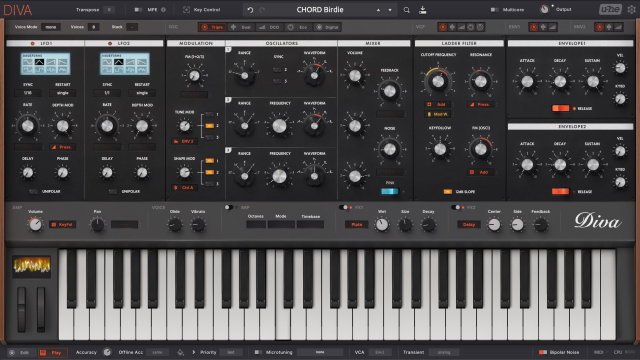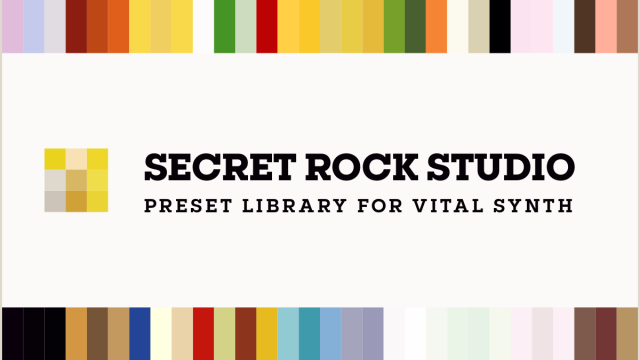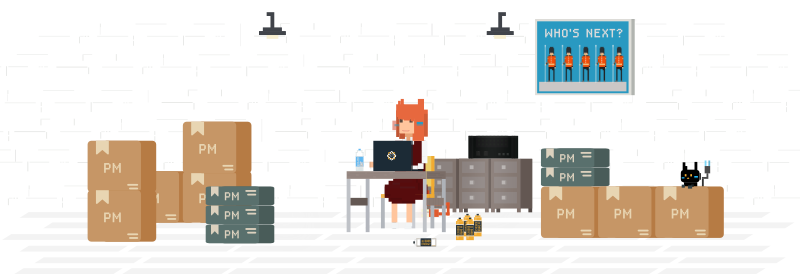Why are the GUIs sold on this site so “expensive”? — To help you understand the backgrounds, on this page, I would like to explain how I decide prices for products.
Basic Idea : Comparison with Soundsets
First and foremost, there are very few commercial third-party synth GUIs. The market is extremely niche. In particular, products that allow complete freedom to modify the design, such as u-he synthesizers, are even rarer. I believe I may have been the first individual to release a product in this specific field.
Given the absence of an existing market, determining the pricing was particularly difficult. Therefore, I began by comparing the pricing with that of Soundsets, which is in a closely related field.

Upon researching the market, I found someone offering 200 presets for $25, another selling 150 presets for $20, and yet another 140 presets for $35… Naturally, the pricing varies depending on the content of the pack, but generally, these price ranges seem to be accepted as standard in the industry.
Since I also make soundsets, I understand what processes and how much labor are required for sound development. So I thought that by comparing the effort involved in creating soundsets with that required for GUI development, I could establish a reasonably fair pricing model for GUIs. And In my case, creating just one GUI requires much more work than producing a pack of 200 presets. Therefore, especially for complex synthesizer GUIs like Diva or Zebra, the current price range of $30-35 is not at all unreasonable; on the contrary, it is considered approximately the lowest feasible pricing level.
Why is making “just a skin” so hard? — Let me explain the processes of GUI creation.
1. Building Concepts & Layouts
Below illustrates how a GUI takes shape, taking Izmo for Hive2 as the example. These images consist of 30 screenshots documenting the actual production process. From the stage where the layout was undecided, various trial and error processes were undertaken. You can imagine the gradual progress toward the final form, moving forward and backward.
It took approximately one month of intensive dedication to reach stages 01 through 18. Although creating just a “skin”, which simply swaps images, takes some time to define & refine the design concept, the difficulty of building the layout from scratch is entirely another level of work.
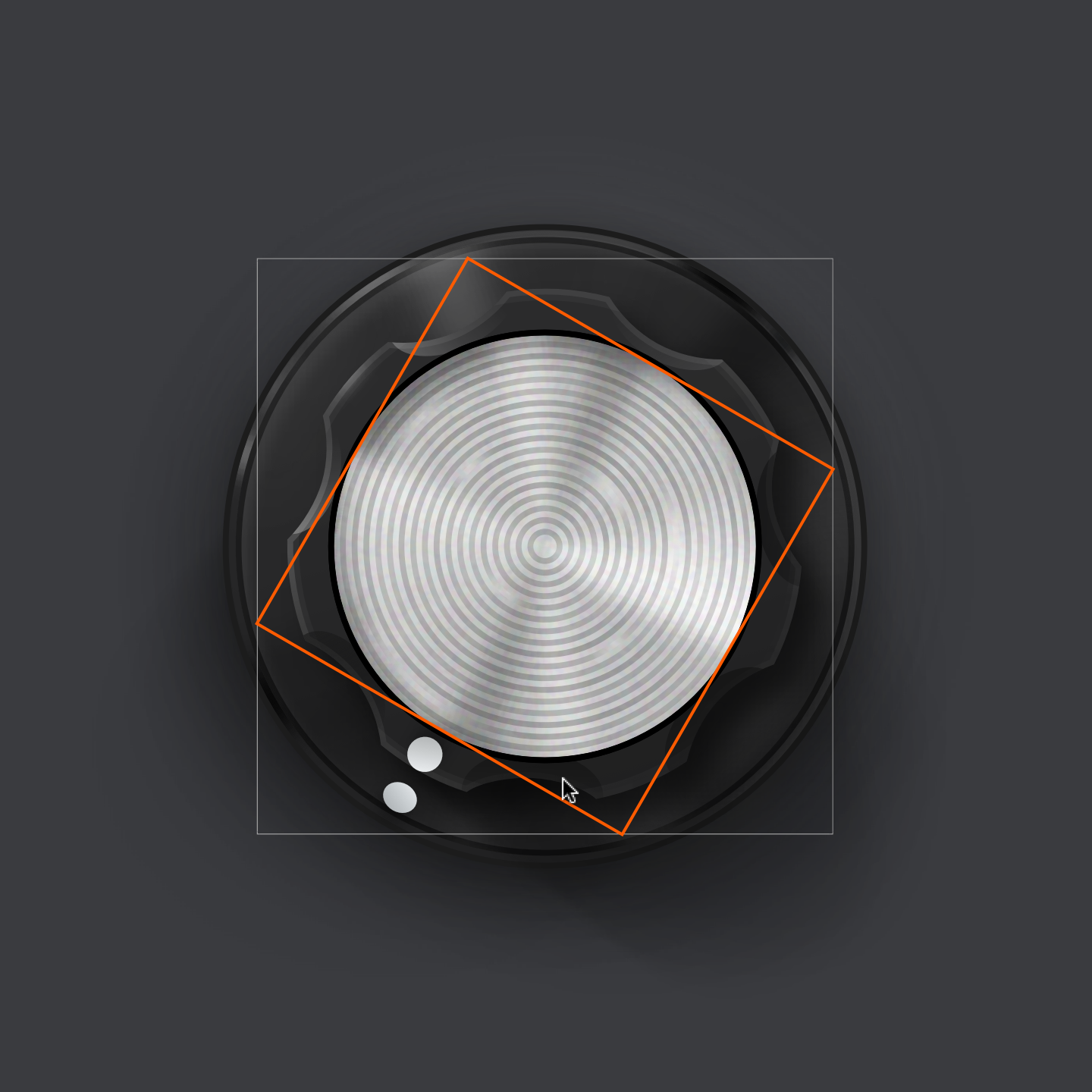
2. Making Resources
Once the layout is complete, the next procedure is to create specific image resources. This process is exactly the same what is required when creating a “skin” in general. For one knob 101 images are required, and while I don’t draw each one individually (utilizing techniques like element rotation), it still requires considerable effort because simply rotating elements won’t work due to the complexity of light/shadow and other factors that makes a knob realistic.
3. Coding Scripts
Then, it’s time for programming — In the script file everything must be written such as the positions, width, height of elements, corresponding resources used for them, tab switchers and their linkage, etc, everything.
Often, the code extends to over 10,000 lines, and if the coding isn’t precise, bugs can occur, such as elements being unclickable or tabs not switching correctly. Dealing with these issues while meticulously placing each element is a very patient process.

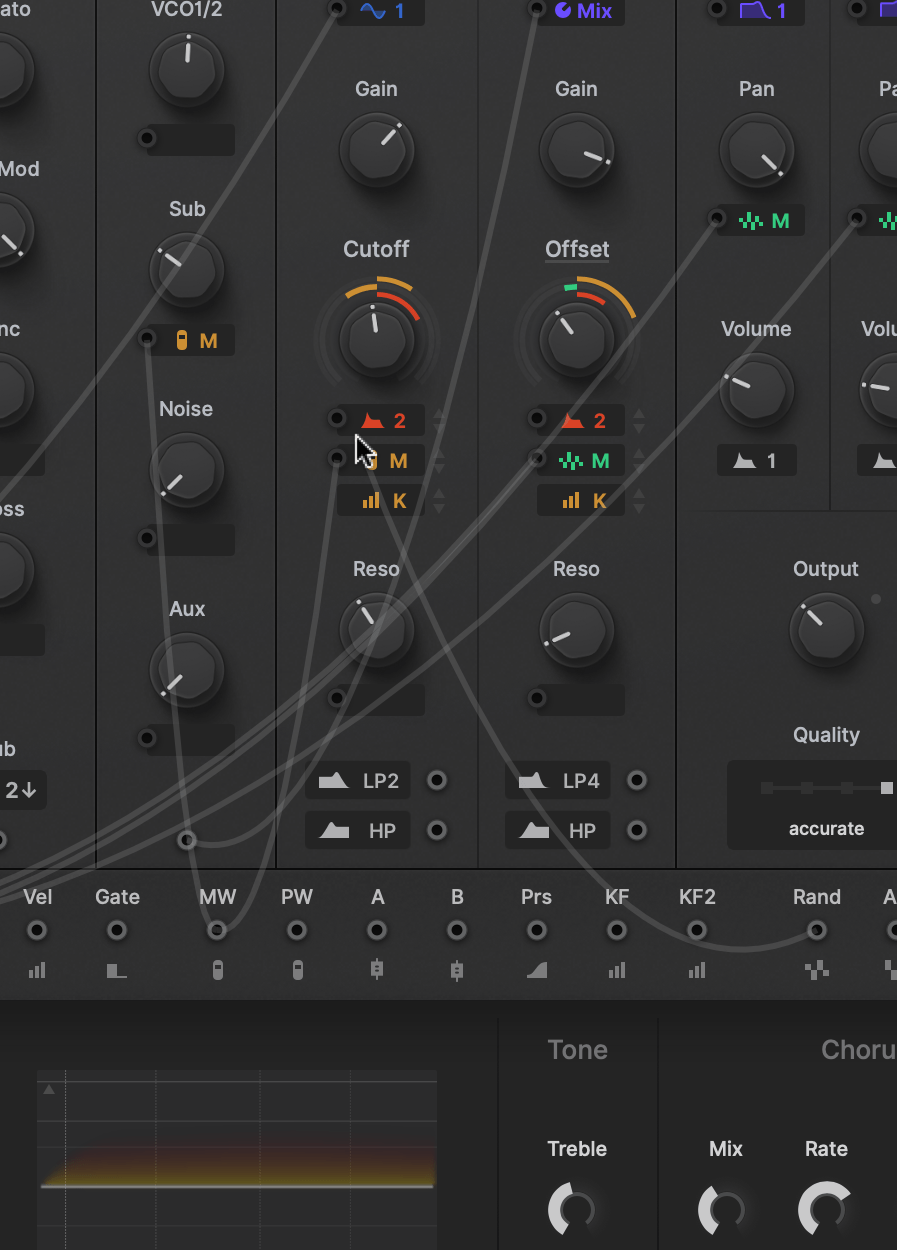
4. Usability Test
Finally, I conduct usability testing. By actually using the GUI for sound making, you can find bugs and areas for improvement in usability. The sound sets often included as a bonus with my GUI products are created as a part of this usability testing.
At times, issues with the layout may be identified here, and if so, you have to go back to designing stage again. Once again, this is a process that does not occur in the creation of a “skin”, which merely change the appearance.
After clearing all these processes, the product is then released to the world.
As you can see, even in creating just a single GUI, these extensive processes are required. However, it is through such challenges that the products such as “MONA” and “Neumann” have gained entirely new layouts, intuitive piano-roll sequencers, the new modulation system, etc.
I hope that, taking into account this background, you would find the pricing decisions for my products understandable and agreeable.
